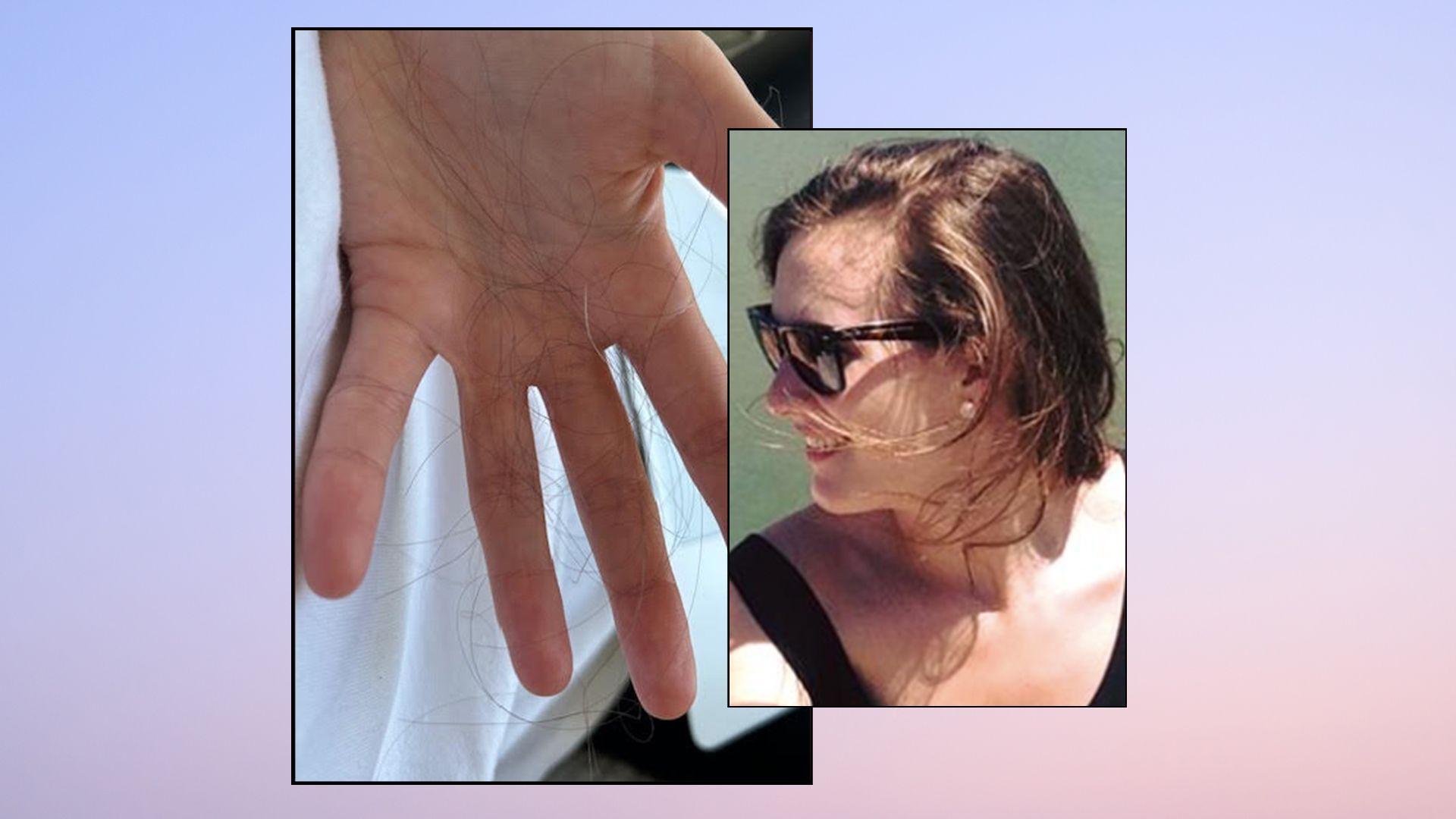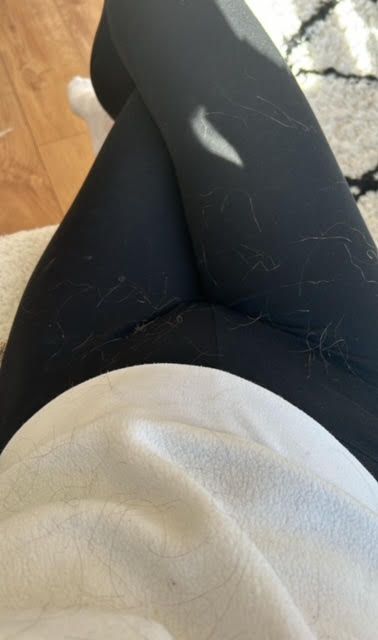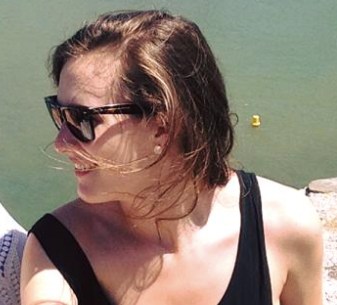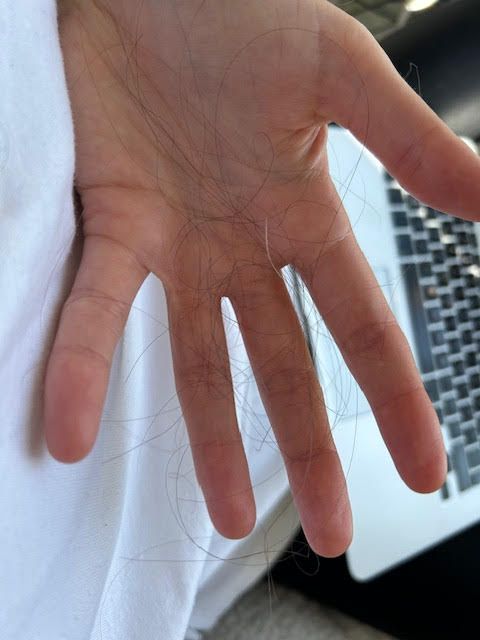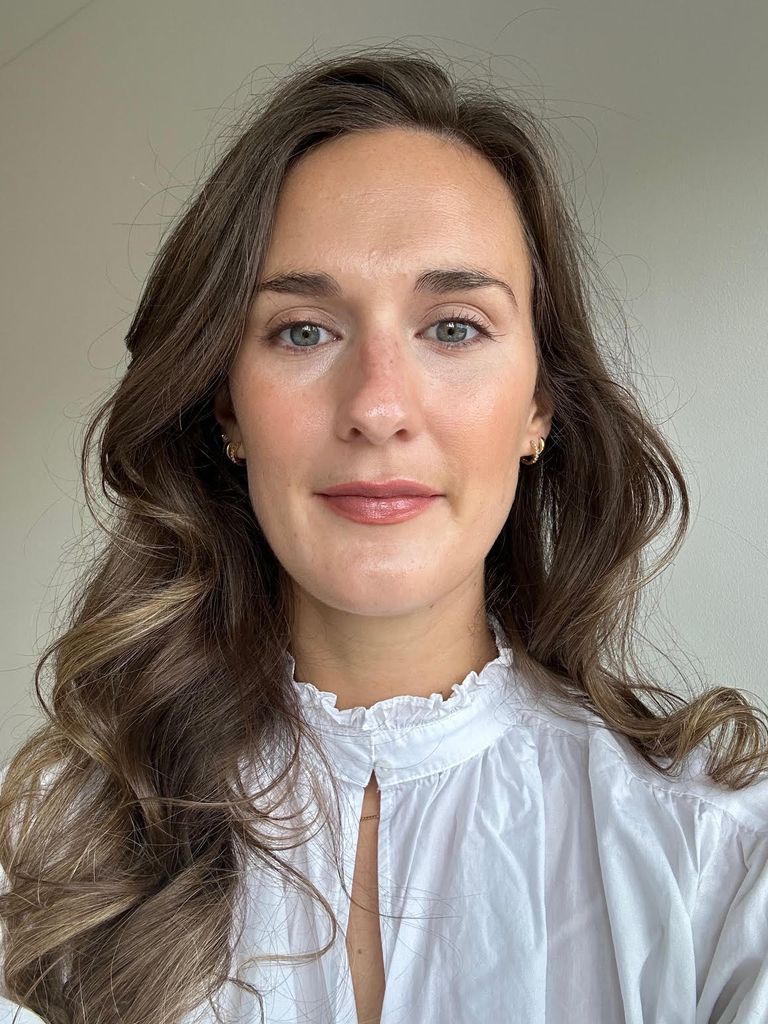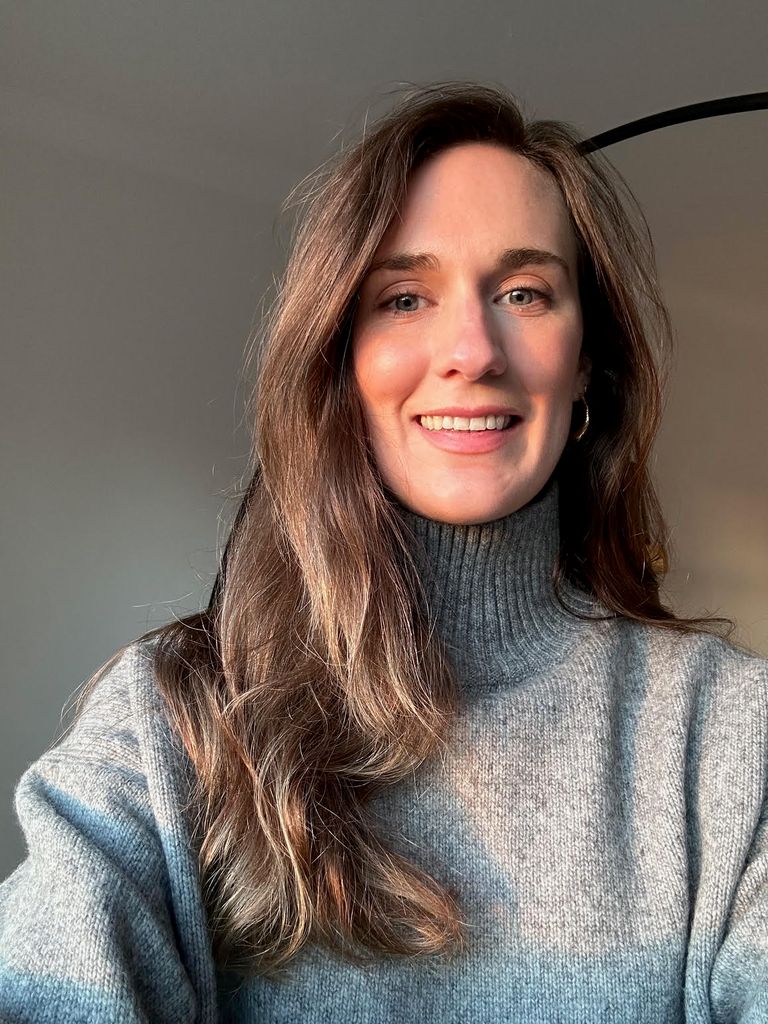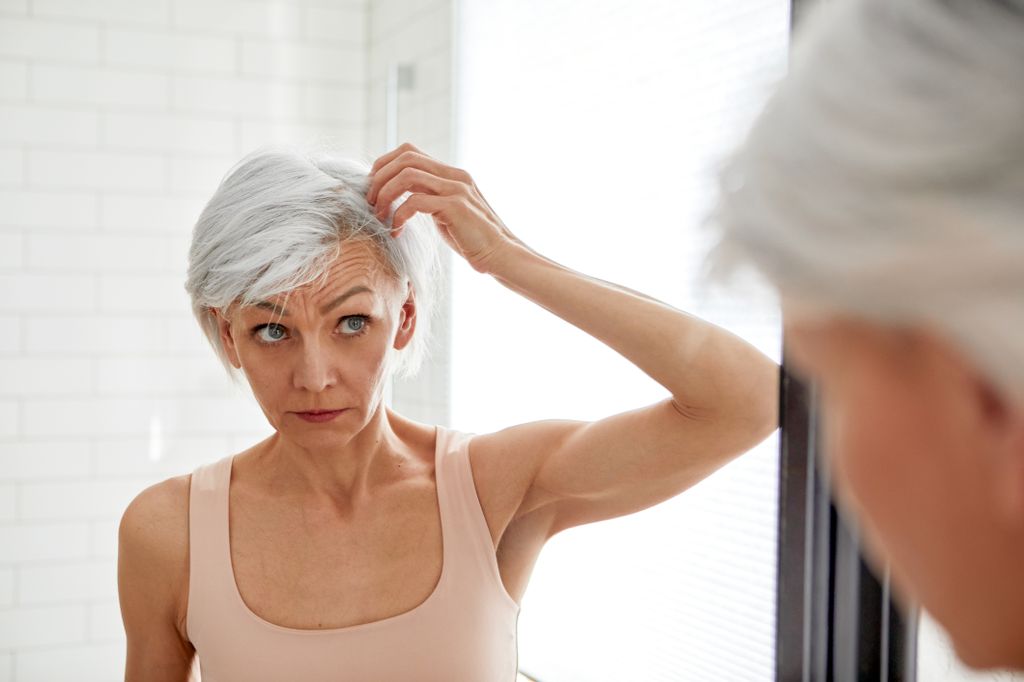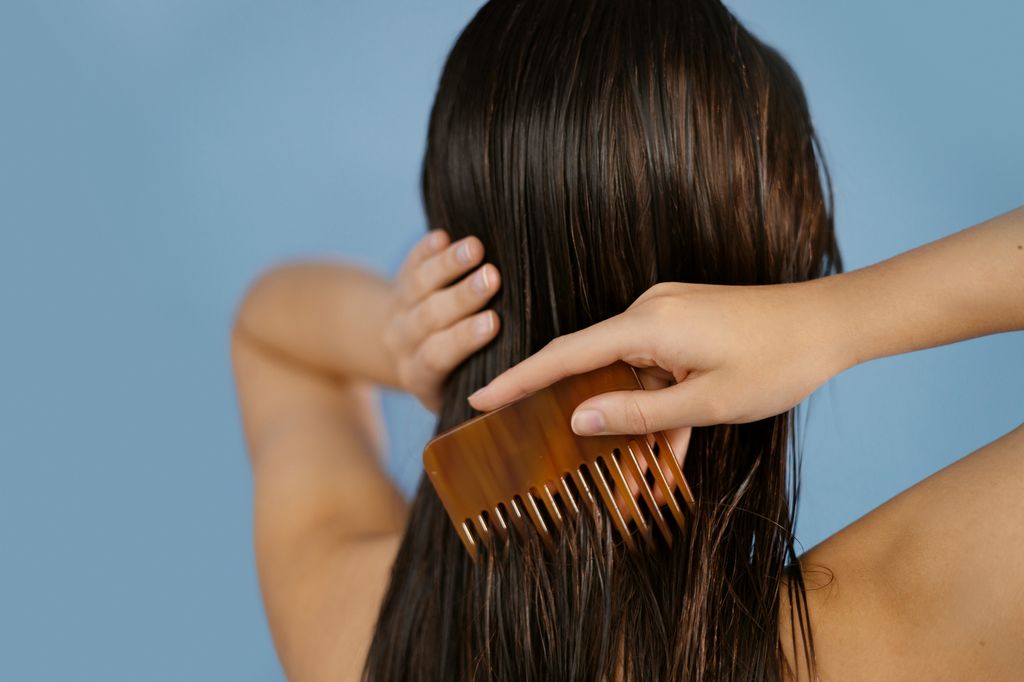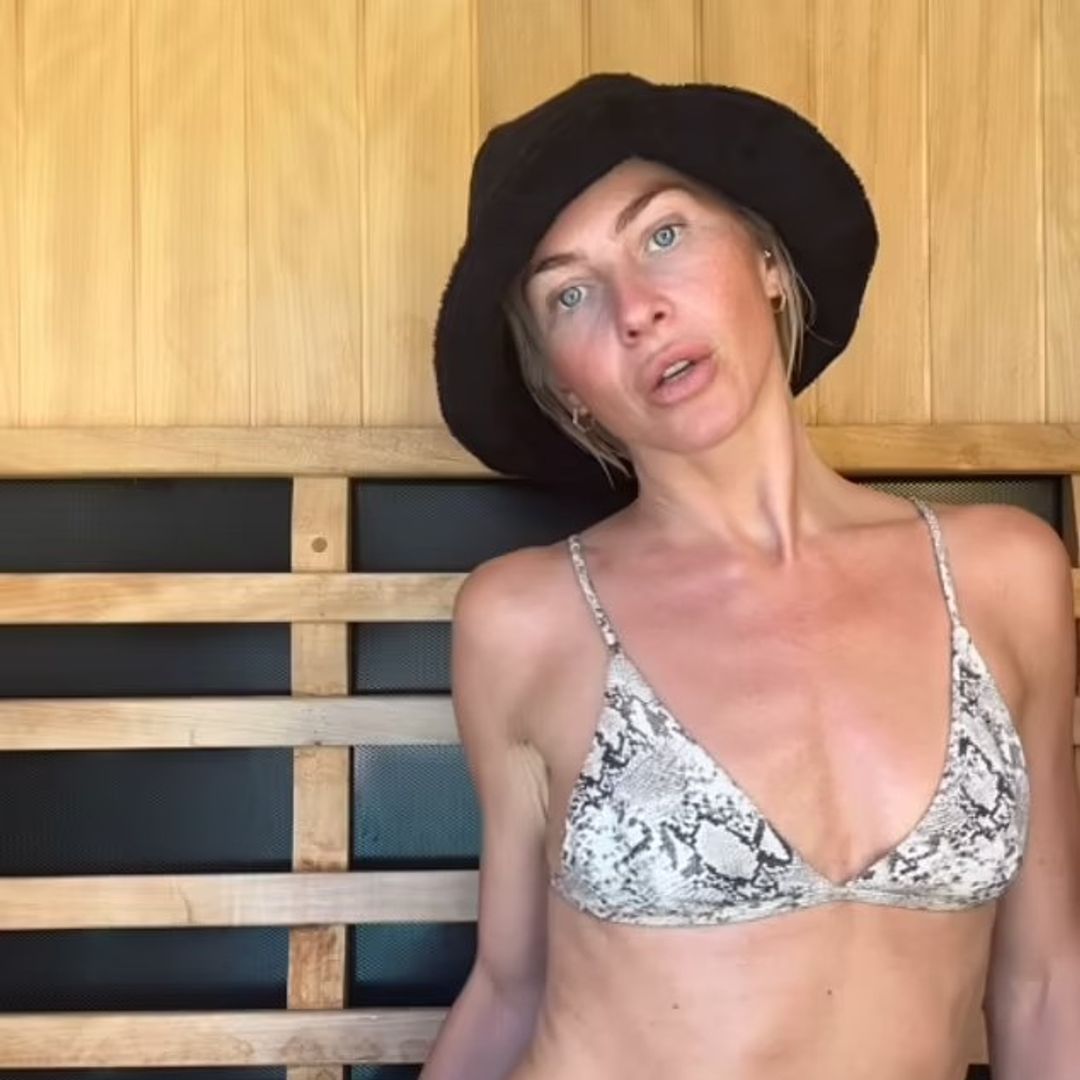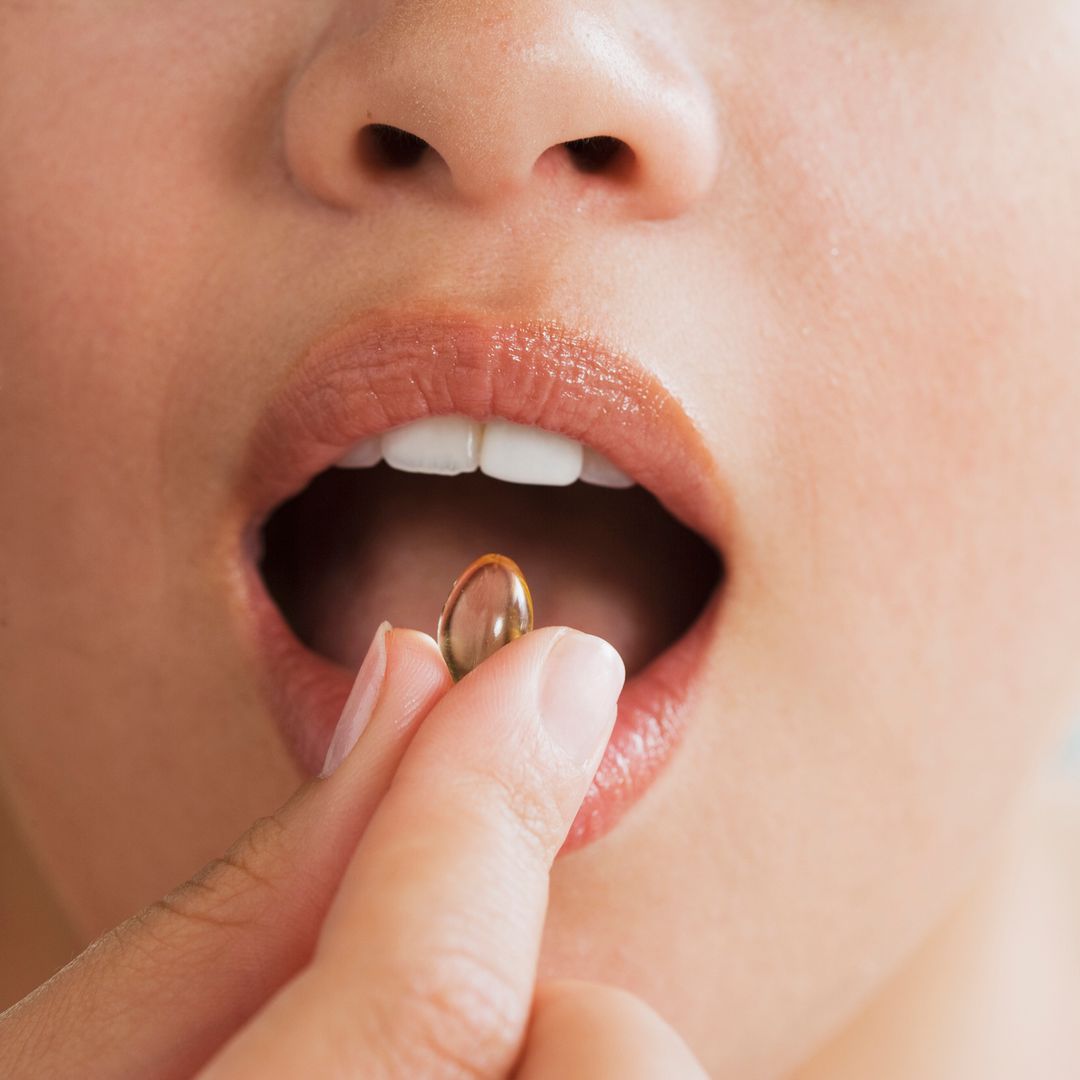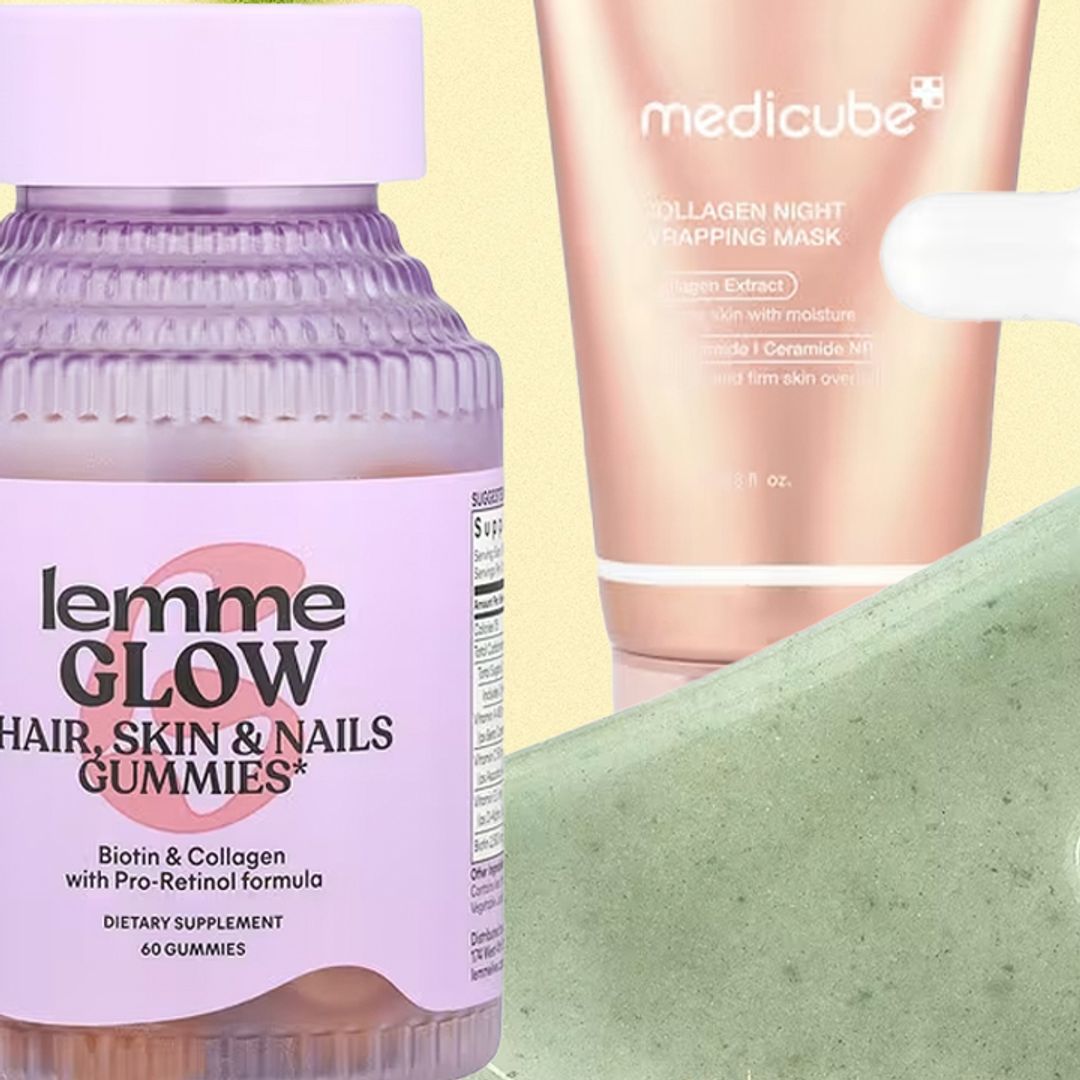As I sit writing this article I am, yet again, covered in clumps of hair. No matter how hard I try, I can't stop picking at my frazzled hair, which some relatives have branded my "nervous tick".
Little did I know this "tick" is a condition known as trichotillomania – and I have been battling it for over 20 years.
I have been pulling my hair out since I was a teenager. Whenever I was bored, stressed or anxious, I'd tug out strands, or peel at split ends, to the point I had a tuft of hair for a fringe and had to change my hair parting until it grew back.
At times I would reach for scissors to cut at my hair when my scalp felt sore, or I feared pulling at my split ends would do more damage to my hair.
I have been met with many eye rolls for leaving clumps of hair in my wake, or clogging up the vacuum cleaner, but I swatted away those comments because it felt oddly soothing on stressful days. That was until a former colleague 'joked' I had a receding hairline, and my heart sank as I finally realised the impact of my trichotillomania.
Although the comment has stuck with me for years and made me even more self-conscious, I still can't stop pulling my hair. Now, grey hairs have started to creep in, and the freedom to pull my hair while working from home (yet vacuum the evidence to avoid a grilling), has only exacerbated my trichotillomania.
Getting to the root
Desperate to overcome my hair pulling, I visited leading trichologist Hannah Gaboardi, a Viviscal ambassador, to assess the damage I have inflicted on my hair and scalp after two decades of hair pulling.
I wanted to know if it is possible to reverse hair deterioration and gather tips to treat and kick the condition once and for all.
READ: How much should you be spending on haircare? Experts explain
What is trichotillomania?
Trichotillomania - nicknamed trich or abbreviated to TTM - is considered a mental health condition, or an, "impulse control or obsessive-compulsive spectrum disorder", according to Hannah, as it's characterised by the "recurrent and compulsive urge to pull out the hair", which can be on the head, eyebrows, eyelashes, beard or pubic region.
According to the NHS website, and confirmed by Hannah, trichotillomania can start in children from 10 years old, but also occurs in adults later in life.
Several factors can contribute to trichotillomania. In some cases, an "imbalance in neurotransmitters such as serotonin and dopamine" could be a trigger, as well as stress, changes in hormones, genetics, environmental factors, psychological conditions, such as anxiety, depression and OCD, or developed as a coping mechanism to provide a "sense of relief", explained Hannah, which I can attest to.
She explained: "Individuals with trichotillomania may experience tension or anxiety before pulling out their hair, followed by relief or gratification after the act, and it can have significant emotional and social consequences."
DISCOVER: Expert trichologist explains the reasons for hair loss in your 30s, 40s and 50s
The impact of trichotillomania
Hannah explained trichotillomania can contribute to hair loss and bald patches in the short term, which can worsen as the condition remains unresolved.
She shared: "Trichotillomania causes hair loss and bald patches on the scalp, eyebrows, or other areas. This can also lead to skin irritation, infections, and potential damage to hair follicles, which may affect hair regrowth."
While hair pulling can provide instant satisfaction, it's short-lived, as those feelings soon turn into negative emotions, such as embarrassment, low self-esteem, and guilt, especially if you notice hair loss yet can't stop plucking out strands of hair.
Hannah acknowledged that those emotions can impact a sufferer's social life and contribute to reduced social interactions, as well as the inability to focus on daily tasks, which struck a chord with me.
There are times I have a lengthy to-do list, but I can waste hours pulling out my hair only to feel guilty for not utilising that time more effectively, which consequently leaves me more stressed and overwhelmed, so I pick my hair even more, and the cycle continues.
SHOP: Best products for thinning hair: Hair growth shampoo, supplements & serums
Over time this low self-esteem can cause "long-term emotional distress, including chronic low self-esteem, depression, and anxiety", warned Hannah, and continual avoidance of social activities can put a strain on friendships, relationships, studies and work too.
The physical long-term damage hair pulling is what I feared Hannah would find in my session. She added: "Chronic hair-pulling can damage hair follicles, potentially leading to irreversible hair loss and permanent bald patches."
But it is not only the hair that is impacted, as hair pulling can also contribute to skin damage, scarring and infections.
Will my hair grow back?
Generally, trichotillomania can be managed with certain treatments and, depending on the severity of each individual, reversed.
Hannah reassured me: "Hair regrowth is possible if follicles are not permanently damaged, typically taking three to six months, while skin can heal with proper care."
After two decades of picking out my split ends and textured strands, I anticipated Hannah would find sparse areas of hair at the back of my head, which would eventually leave me with bald patches, and result in the deterioration of my hair reserves entirely. But this isn't always the case, though trichotillomania can slow down the hair growth cycle.
READ: Expert trichologist reveals the ways collagen helps to thicken your hair
The trichologist explained: "Hair growth is a continuous process for most people, occurring in cycles that include growth (anagen phase), transition (catagen phase), and resting (telogen phase). Each hair follicle has its own cycle, independent of others on the body, ensuring a continuous supply of hair. Follicles do not have a finite limit on the number of hair strands they can produce, but their function can be impaired by external factors such as trichotillomania."
However, excessive hair pulling for a prolonged period can lead to scarring, damaged hair follicles and contribute to permanent hair loss, which impacts regrowth.
Hannah continued: "This damage can disrupt the natural regrowth cycle and impact the ability to generate new hair, especially if follicles become scarred or permanently damaged. Therefore, trichotillomania can interfere with this cycle and result in significant hair loss over time if not managed effectively."
During my session, Hannah diagnosed my trichotillomania for the first time, and noted I had some absence of hair follicles in certain areas on my scalp. Alarmed at first, Hannah reassured me the damage of my self-inflicted hair pulling was not as bad as it could have been, and can be managed if the follicles are not permanently scarred or destroyed, which luckily they weren't.
DISCOVER: I’m 42 with thinning hair and credit Amazon’s LED Head Massager for slowing down hair loss
For me, there is regrowth potential, but Hannah stressed it may be slow to notice depending on the hair growth cycle. She also warned me the hair quality of my regrown hair may be weaker than the original hair, and susceptible to breakages. However, if the follicles were severely damaged, regrowth would be limited or absent, and would result in thinning or bald patches.
Treatments for hair-pulling
I never thought I could remedy my hair pulling, but Hannah has insisted there are numerous treatments to help fellow sufferers, though this depends on the individual, and the severity of their condition.
Primarily, Hannah recommended understanding what caused the hair pulling, which for me is mostly stress and anxiety. In some instances, treating those triggers with cognitive behavioural therapy (CBT), habit reversal training (HRT), hypnotherapy, and medication can be effective, suggested Hannah.
DISCOVER: The best hair-loss shampoos - with expert tips on preventing thinning hair
Alternatively, Hannah recommends specific tools to combat the act of hair pulling, such as trichotillomania gloves, which cover the thumb, index and middle finger, to make it difficult to pull at the fine strands of hair, as well as fidget spinners or fidget rings to keep hands busy.
The trichologist also stressed patience is key, because recovery varies but often requires long-term commitment and professional support.
Encouraging hair growth
I am on the journey to stimulate hair growth especially as I have missing follicles, and to do so Hannah urged me to refine my diet to include more iron, as well as hair-loving supplements to encourage hair growth, and to ditch caffeine, which is a stressor for me that only exacerbates my anxiety and hair pulling.
I am also awaiting a session with a hypnotherapist to snap me out of the involuntary action, and combat a secondary issue that has developed alongside my hair pulling, which is the skin-picking condition, dermatillomania.
In my personalised Scalp and Hair Shaft plan, which includes wearing the aforementioned trich gloves and using fidget spinners, Hannah has also advised me to focus on strengthening the hair.
She recommended avoiding heated tools for a few months to prevent damage to any new hair growth, applying a hair mask to my hair once a week, and washing my hair with Nioxin System 2 to stimulate hair growth.
While heat tools and hair dye are to be avoided, Hannah suggested applying a heat protector spray, followed by a nourishing hair oil, to protect my locks if I do use styling tools.
SHOP: Best heat protectant sprays to keep your hair looking luscious and healthy
The professional also recommended fitting a purifying water filter shower head to protect my hair from harsh water come wash day, and sleep on a luxe silk pillowcase to reduce frizz, minimise breakage and maintain moisture, resulting in smoother, healthier-looking hair.
But, if there is no improvement in my hair growth, strength and density, a few sessions of PRP with the hair guru may be the next solution.
